- 14750 Six Mile Cypress Parkway, Fort Myers, FL 33912, USA
- 911 (Emergency)
- 239-477-1000 (Non Emergency)
Animal hoarding occurs when individuals accumulate more animals than they are able to care for properly. This issue is complex, involving aspects of mental health, animal welfare, and public safety. It is characterized by a person’s inability to meet the basic needs of their animals, including adequate nutrition, sanitation, shelter, and veterinary care. As a result, the animals often suffer from malnutrition, illness, and even death. In many cases, individuals who hoard animals are unaware of the harm they are causing, believing instead that they are helping their pets. Signs of animal hoarding may include:
If you suspect someone is struggling with animal hoarding, it’s important to reach out for help. Call the LCSO Animal Abuse Task Force at (239) 477-1622. A simple phone call could be the first step in getting both the individual and the animals the support they need.
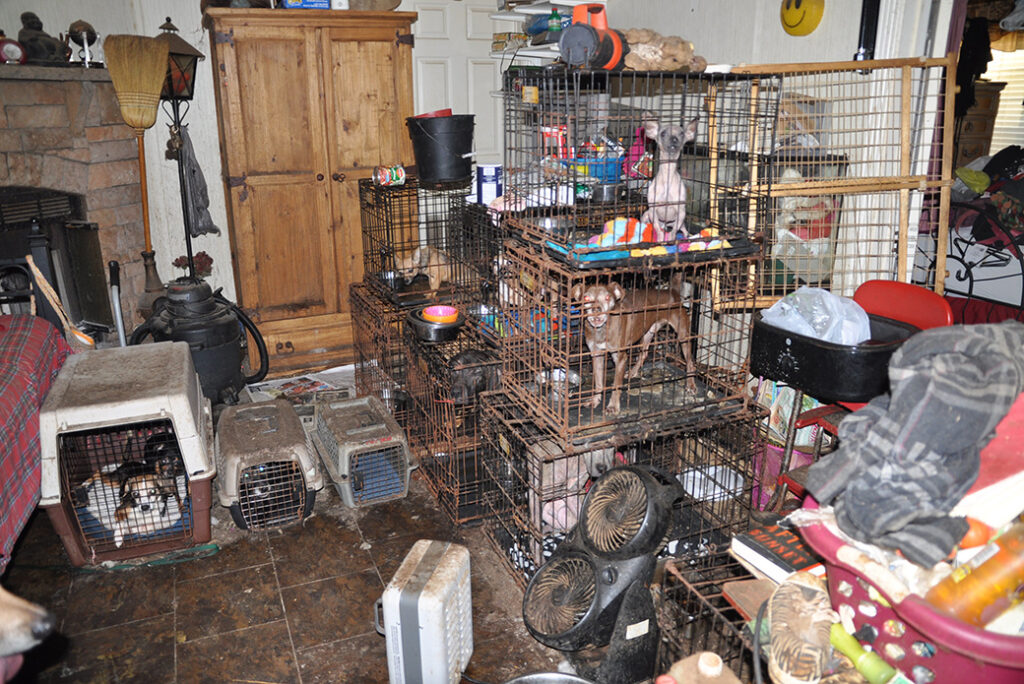
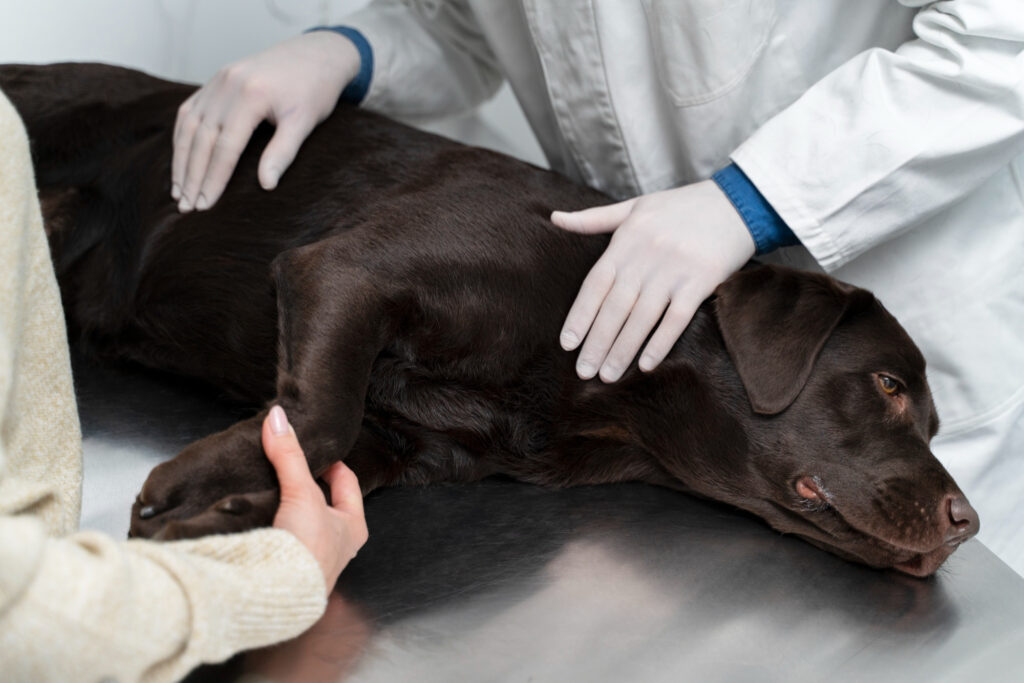
Veterinary care must be provided. The following signs may indicate that it is needed:
Food must be nutritionally sound to maintain the animals’ health and adequate weight

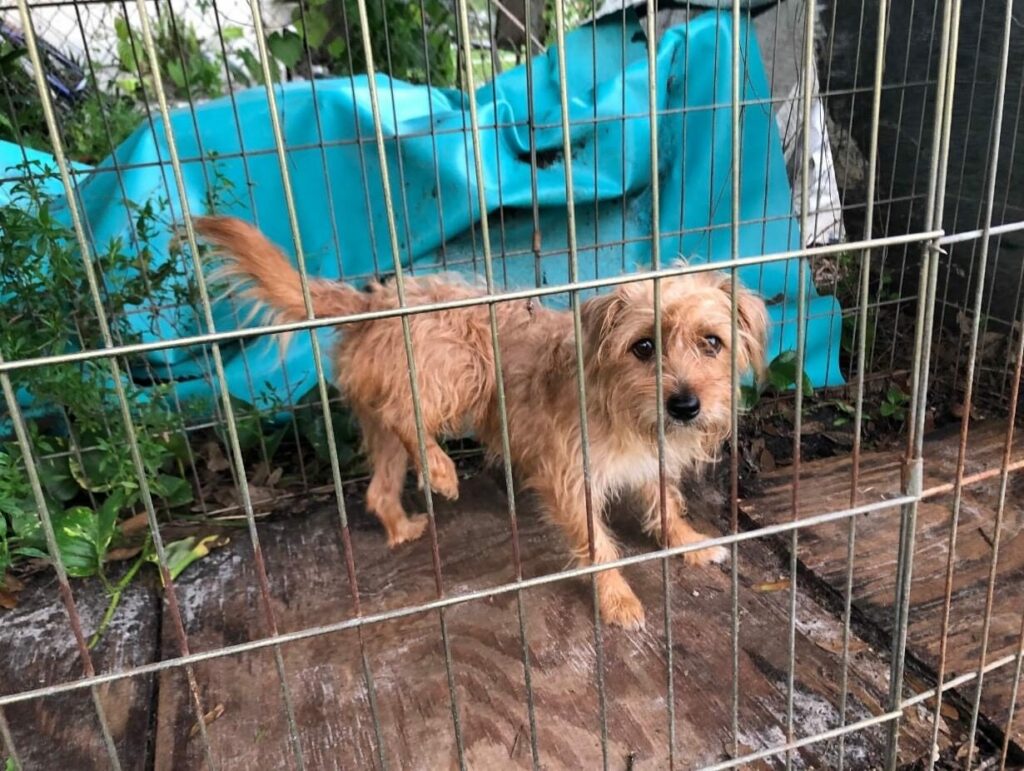
Large-scale, unlicensed breeders pose a significant concern. However, with your help, we can take strong action against cruelty in puppy mils and other substandard breeding operations. The following are examples of Excessive Breeding/Overcrowding:
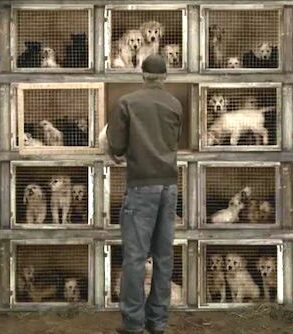
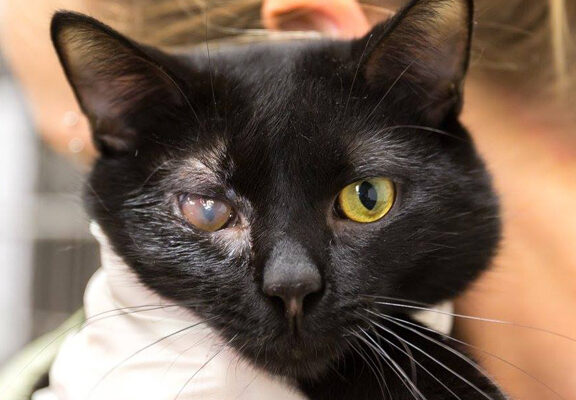
Any individual who purposely and intentionally inflicts harm or suffering upon an animal – through actions such as hitting, throwing, kicking, or violent handling – will be held accountable under the law.
If you witness abuse, please immediately call 911 and LCSO’s Animal Cruelty Task Force: – (239) 477-1622.
The vicious blood “sport” of dog-fighting is still thriving underground. The Humane Society of the U.S. estimates more than 40,000 people participate in organized dog-fighting in the U.S., and hundreds of thousands more participate in impromptu street dog-fighting.
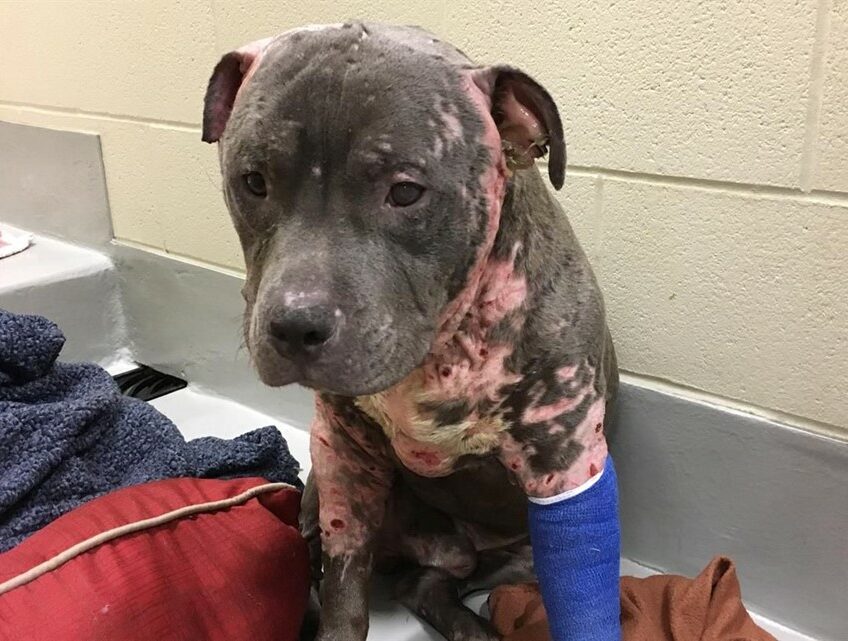

Sheriff Carmine Marceno Thanks for visiting the Lee County Sheriff's Office home page.
Follow the latest news and updates on our social media platforms.
© 2025 Lee County Sheriff's Office. All Rights Reserved.